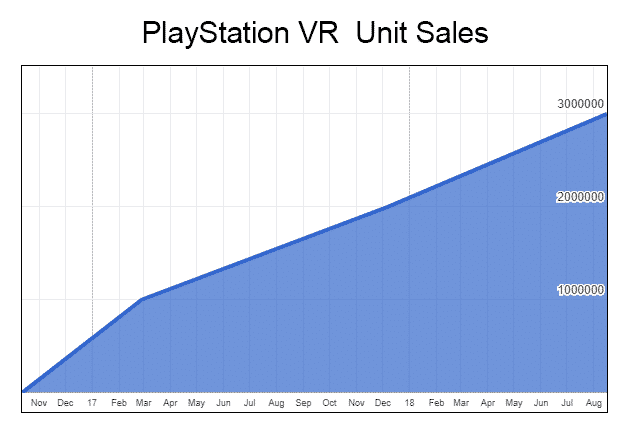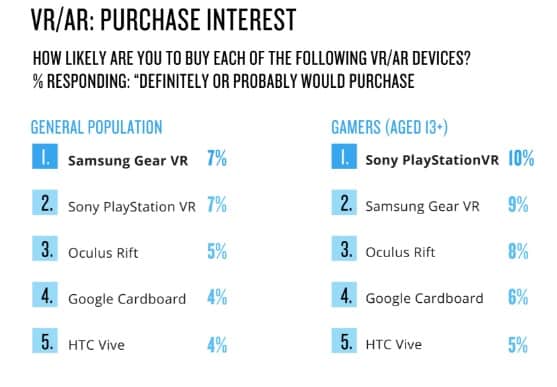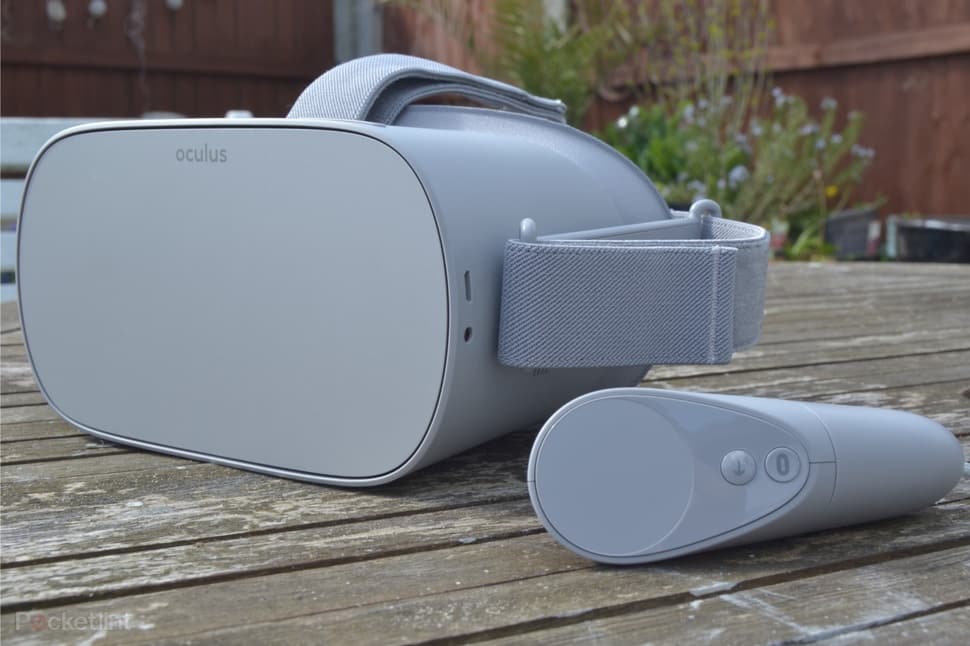The PlayStation VR headset hit a milestone this week with 3 million units sold. Contrast that with the estimated sales for the HTC Vive and Oculus Rift at around a million each. And both of those HMDs had a six-month headset over Sony.

What happened?
It’s not that the PlayStation VR headset is significantly better – though it’s a great device. Its resolution is actually a little below the Rift and Vive but it compensates through a higher 120Hz refresh rate. Overall, it’s a mixed bag benefiting from Sony’s years of research and development and yet saddled with a slightly legacy feel. As Adi Robertson said in The Verge back in 2016,
[It’s] a patchwork of various weird Sony experiments that may have finally found their purpose. It’s a new headset inspired by a personal 3D theater from 2012, paired with a set of motion controllers that were released in 2010, plus a camera peripheral that’s been around in some form since 2003.
VR headset cost and consumer interest
The main advantage PSVR has had is that you don’t need to purchase a full-blown gaming computer. While you can use it with a desktop, most users are relying on their already purchased gaming hardware. Not having to buy a VR-ready laptop or desktop gives Sony a huge edge.
By a couple of million units.
Of course, it does mean that you’ll seldom see PlayStation VR in use at film festivals or museums. And unless they have a gaming program, educational institutions will also pass on the market leader.
Part of the success of PSVR is its link to the gaming community. But that doesn’t tell the whole story. In data from 2017, interest from the general public is also driving sales:

Ease of set up and use
But there’s another factor at work here – user-friendly setup and ease of use. Today, if you google “trouble connecting PSVR”, you’ll get about 580,000 results in search. Now try googling “trouble connecting HTC Vive” (or Oculus Rift) and see what happens. You get about 4.3 million results. Take it a step further and google the same with Windows Mixed Reality headset. You’ll get about 16 million resources.
It’s great that there’s so much help out there. But in truth, it just means that there are so many more problems getting the Rift and Vive to work. As Elon Musk put it,
Any product that needs a manual to work is broken.
We could revise that to say: anytime Google auto-complete types out the problem before you can, you know it’s a major issue.
Oculus Go is the future (sort of)

In some ways, the Oculus Go is the direction where we’re headed. Buy the HMD and you’ll find it’s easy to set up. Logically, it shouldn’t need an app on your phone as it’s sold as a standalone VR headset. So not perfect, but still easy.
And one of its best features is that it turns on when you pick it up. Every VR headset should do this. Not that it works perfectly in every unit – some users report that the Oculus Go turns off when you pick it up and others find it turning on while charging.
But these are technical issues that will get resolved. If it has a major drawback, it’s the 3 degrees of freedom (3DOF) that keeps it from feeling fully immersive. For now, you’re only going to get a fully immersive experience with Rift, Vive, or PSVR.
We’re waiting to see what Oculus brings with the upcoming Santa Cruz headset this fall. A standalone HMD with 6DOF could transform the market. But if it’s over $500, consumers will keep their distance.
The PlayStation VR headset sales figures are good news, but not nearly enough to move the broader immersive tech market. Only when the cost comes down and HMDs are truly plug-and-play (or better yet, lift-and-play) will we see Virtual Reality go mainstream.
Emory Craig is a writer, speaker, and consultant specializing in virtual reality (VR) and generative AI. With a rich background in art, new media, and higher education, he is a sought-after speaker at international conferences. Emory shares unique insights on innovation and collaborates with universities, nonprofits, businesses, and international organizations to develop transformative initiatives in XR, GenAI, and digital ethics. Passionate about harnessing the potential of cutting-edge technologies, he explores the ethical ramifications of blending the real with the virtual, sparking meaningful conversations about the future of human experience in an increasingly interconnected world.

